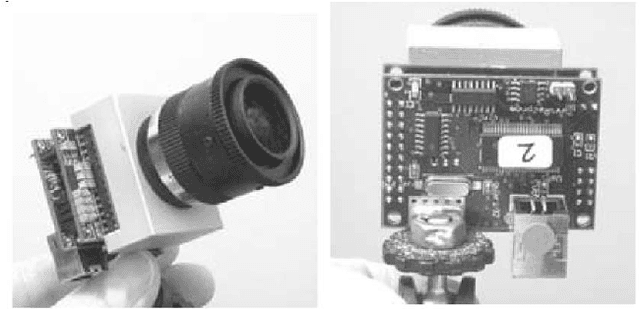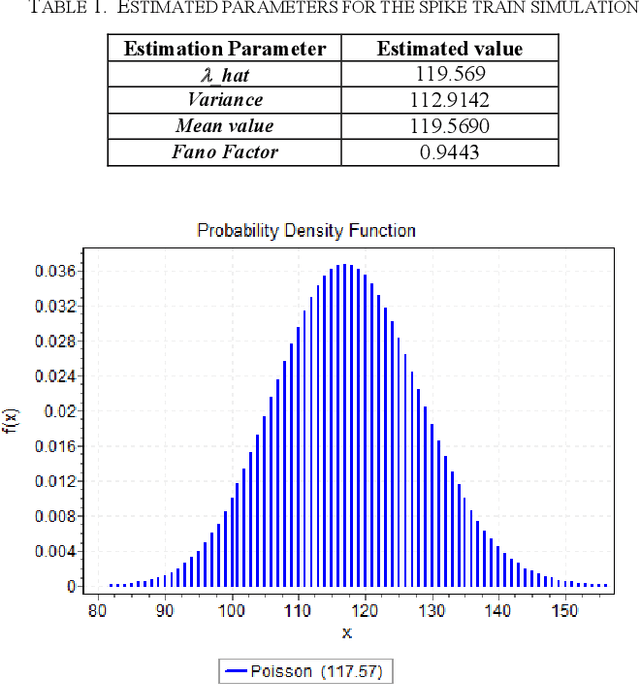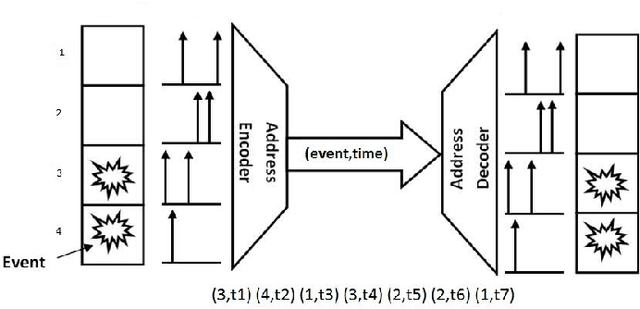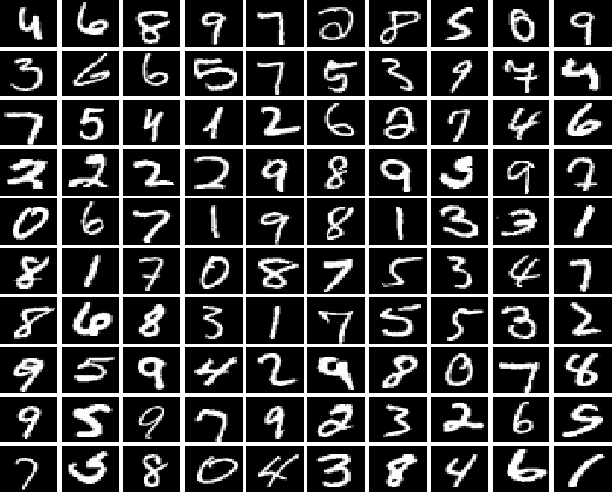Philippe Devienne
Multi-layered Spiking Neural Network with Target Timestamp Threshold Adaptation and STDP
Apr 03, 2019



Abstract:Spiking neural networks (SNNs) are good candidates to produce ultra-energy-efficient hardware. However, the performance of these models is currently behind traditional methods. Introducing multi-layered SNNs is a promising way to reduce this gap. We propose in this paper a new threshold adaptation system which uses a timestamp objective at which neurons should fire. We show that our method leads to state-of-the-art classification rates on the MNIST dataset (98.60%) and the Faces/Motorbikes dataset (99.46%) with an unsupervised SNN followed by a linear SVM. We also investigate the sparsity level of the network by testing different inhibition policies and STDP rules.
Unsupervised Visual Feature Learning with Spike-timing-dependent Plasticity: How Far are we from Traditional Feature Learning Approaches?
Jan 14, 2019



Abstract:Spiking neural networks (SNNs) equipped with latency coding and spike-timing dependent plasticity rules offer an alternative to solve the data and energy bottlenecks of standard computer vision approaches: they can learn visual features without supervision and can be implemented by ultra-low power hardware architectures. However, their performance in image classification has never been evaluated on recent image datasets. In this paper, we compare SNNs to auto-encoders on three visual recognition datasets, and extend the use of SNNs to color images. Results show that SNNs are not competitive yet with traditional feature learning approaches, especially for color features. Further analyses of the results allow us to identify some of the bottlenecks of SNNs and provide specific directions towards improving their performance on vision tasks.
evt_MNIST: A spike based version of traditional MNIST
Apr 22, 2016



Abstract:Benchmarks and datasets have important role in evaluation of machine learning algorithms and neural network implementations. Traditional dataset for images such as MNIST is applied to evaluate efficiency of different training algorithms in neural networks. This demand is different in Spiking Neural Networks (SNN) as they require spiking inputs. It is widely believed, in the biological cortex the timing of spikes is irregular. Poisson distributions provide adequate descriptions of the irregularity in generating appropriate spikes. Here, we introduce a spike-based version of MNSIT (handwritten digits dataset),using Poisson distribution and show the Poissonian property of the generated streams. We introduce a new version of evt_MNIST which can be used for neural network evaluation.
 Add to Chrome
Add to Chrome Add to Firefox
Add to Firefox Add to Edge
Add to Edge